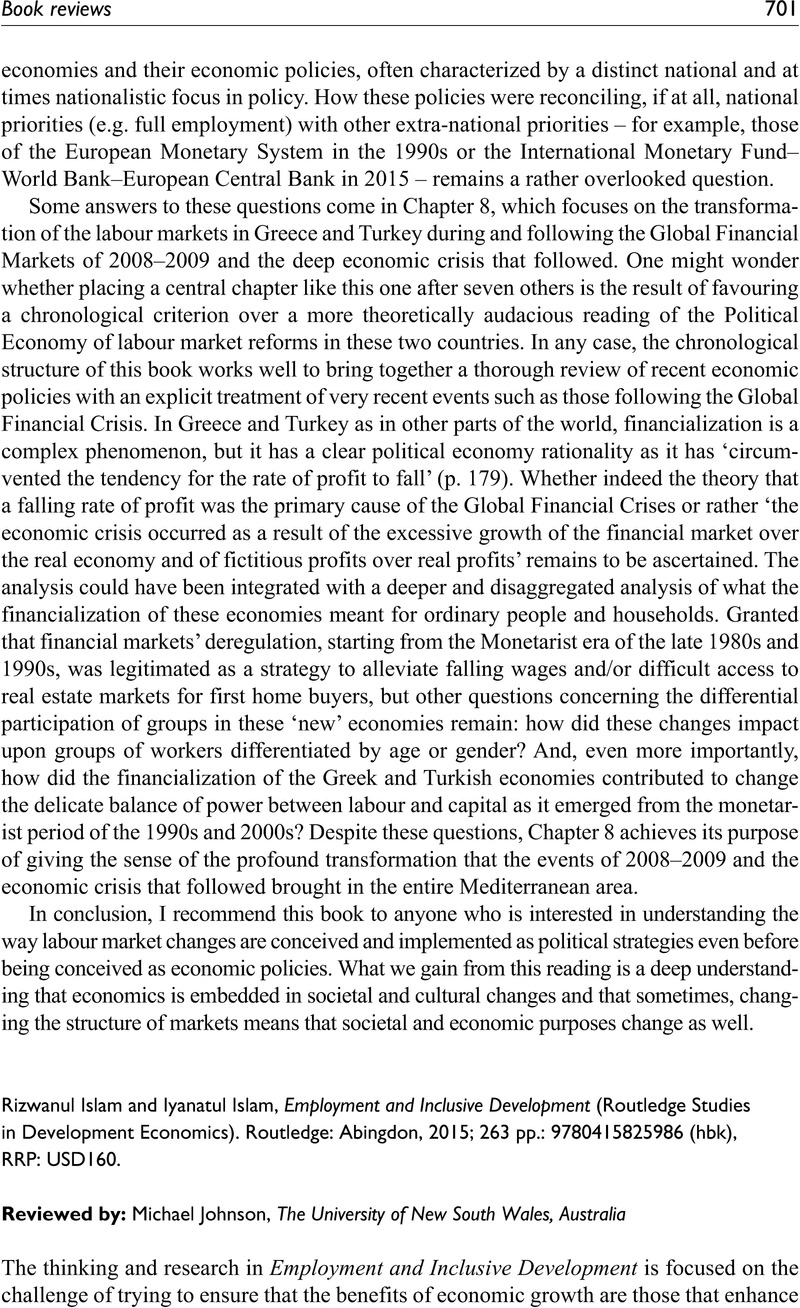Organisation for Economic Co-operation and Development (OECD) Secretariat (
2014)
All on Board: Making Inclusive Growth Happen.
OECD,
Paris: Available at:
http://www.oecd.org/inclusive-growth/All-on-Board-Making-Inclusive-Growth-Happen.pdf (accessed 15 August 2015).
Google Scholar 